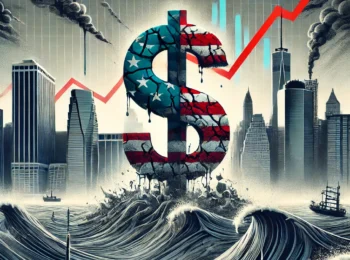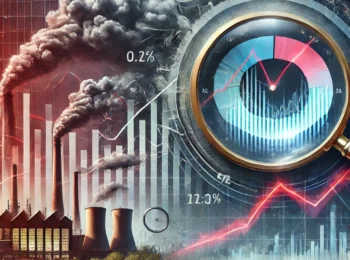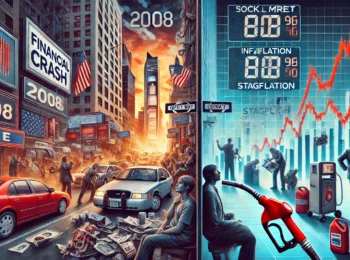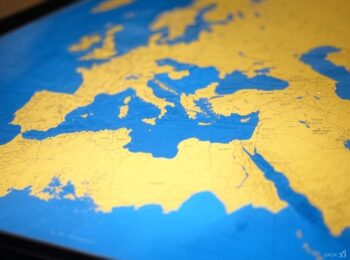In recent years, a quiet but significant shift has been unfolding in the world of global finance. Since 2014—and with growing momentum since 2022—there are signs that major global powers, particularly China and other BRICS nations (Brazil, Russia, India, China, and South Africa), are rethinking how they store their wealth. The U.S. dollar and U.S. Treasuries (USTs) have long been the world’s go-to safe havens, but some countries are exploring a new strategy: turning to gold as a primary reserve asset.
Why this shift? And what could it mean for the global economy, especially for the relationship between gold, oil, and the U.S. dollar?
Let’s break it down.
Why BRICS Countries Are Looking Beyond the U.S. Dollar
For decades, the U.S. dollar has been the dominant player in global trade and finance. Countries store large reserves of U.S. dollars, often in the form of U.S. Treasuries (essentially lending money to the U.S. government), which has traditionally been considered the safest and most liquid investment. But times are changing.
Two key factors are driving this shift:
Geopolitical Risks: In 2022, when the U.S. and its allies imposed sanctions on Russia after its invasion of Ukraine, a significant move took place—Russian central bank assets held in U.S. dollars were frozen. This was a wake-up call for other countries, especially China. The risk of relying too heavily on the dollar became apparent, as access to reserves could be weaponized in times of conflict or political tension.
The De-dollarization Movement: Over the years, BRICS nations have been vocal about reducing their dependence on the U.S. dollar. China, in particular, has pushed for its currency, the renminbi, to play a larger role in global trade. By moving away from dollar-denominated assets and towards other forms of reserves—most notably gold—these countries are hedging their bets and diversifying their portfolios.
Why Gold?
Gold is appealing for several reasons:
Neutrality: Unlike the U.S. dollar, which is tied to the American economy and its political climate, gold is a neutral asset. It doesn’t depend on the policies of any single country, making it less vulnerable to sanctions or financial restrictions.
Historical Stability: Gold has long been considered a reliable store of value. Central banks, especially in countries like China, have been steadily accumulating gold as a buffer against economic uncertainties.
Resilience: In a world where political and economic alliances are shifting, gold offers security. It’s an asset that countries can hold without fear of it being frozen or devalued by external powers.
The Gold-Oil-Dollar Triangle
To understand the potential implications of this shift, let’s examine the relationship between gold, oil, and the U.S. dollar.
Oil is a key commodity in the global economy, and for decades, it has been priced in U.S. dollars—a system known as the “petrodollar.” This arrangement has reinforced the dollar’s position as the world’s dominant currency, as countries needed to hold dollars to buy oil. However, things are changing. Some oil-exporting nations are beginning to accept other currencies, like China’s renminbi, for oil payments. This shift reduces the need for countries to hold large reserves of U.S. dollars.
Now, here’s where gold comes in. Countries with trade surpluses—especially those exporting oil—historically used their surplus dollars to buy U.S. Treasuries. But what if, instead of buying U.S. debt, they began converting those surplus funds into gold?
This would have a profound effect on the ratio between gold and oil. As countries shift their reserves from U.S. Treasuries to gold, it would likely push up the price of gold relative to both oil and the U.S. dollar.
In fact, we’ve already seen signs of this happening. Over the last decade, gold prices have generally trended upwards. If more countries opt for gold over Treasuries, that trend could accelerate, particularly if oil-producing nations like Russia or Saudi Arabia start trading in currencies other than the U.S. dollar and using gold as a wealth reserve.
What Does This Mean for the U.S. Dollar?
The dominance of the U.S. dollar is not likely to disappear overnight, but if this trend of “de-dollarization” continues, the dollar’s central role in global finance could diminish. Here are some possible outcomes:
Less Demand for U.S. Treasuries: If more countries decide to diversify away from U.S. government debt, demand for U.S. Treasuries could decline. This would make it more expensive for the U.S. government to borrow money, as lower demand would lead to higher interest rates.
A Weaker Dollar: If fewer countries need U.S. dollars to trade or to hold as reserves, the global demand for dollars could fall. This could lead to a weaker dollar, which might result in inflationary pressures in the U.S., as the cost of imports would rise.
A Multipolar Reserve System: We might see the rise of a more diverse reserve system, where the U.S. dollar is just one of several major reserve assets, alongside gold, the euro, and potentially China’s renminbi. This would mark a significant shift from the current dollar-dominated system.
Rising Gold Prices and the Global Economy
If gold continues to play a bigger role in central banks’ reserves, we could see sustained upward pressure on gold prices. This would make gold more valuable relative to both oil and the U.S. dollar, affecting global commodity markets in the process.
Here’s how the gold-oil ratio might evolve:
A Higher Gold-to-Oil Ratio: As more countries shift to holding gold, its price relative to oil could rise. Historically, a stable gold-to-oil ratio has been a marker of economic balance, but if gold prices rise while oil prices remain relatively stable, this ratio could tilt heavily in gold’s favor. Such a shift could reflect the growing importance of gold as a store of value compared to oil, which fluctuates based on supply and demand factors.
Gold as a Hedge Against Oil Volatility: For countries that rely heavily on oil exports, such as Russia or Saudi Arabia, holding gold could serve as a hedge against swings in oil prices. By accumulating gold reserves, these nations can better manage the risks of oil price fluctuations, while also reducing their exposure to the U.S. dollar.
The Unit
The BRICS Pay system and the proposed BRICS currency, sometimes referred to as “The Unit,” represent a potential shift in global finance, particularly in the drive to reduce dependency on the US dollar. According to reports, this new currency could be 40% backed by gold and 60% by a basket of BRICS member currencies, including the Chinese yuan, Russian ruble, Indian rupee, and others. The idea behind this structure is to combine the stability of a tangible asset like gold with the economic strength of the BRICS nations.
The gold backing is particularly significant because it adds a physical commodity to the currency’s value. Unlike fiat currencies, which are subject to inflationary pressures and political decisions, a gold-backed currency provides an intrinsic value that fluctuates based on the market price of gold. Given the increase in BRICS nations’ gold reserves in recent years, this move signals their interest in using gold as a hedge against the volatility of traditional currencies, particularly the US dollar. This could also push the demand for gold upward, raising its price over time, especially as global demand increases due to dedollarization efforts.
The oil and gold relationship is also noteworthy. Since many BRICS nations are major commodity producers, especially in oil, the shift from trading oil in dollars to using The Unit could decouple oil prices from the dollar and create new dynamics in the gold-oil ratio. If The Unit is tied to gold, as its value rises with increasing gold prices, it could offer an alternative mechanism for pricing oil—one that does not rely on the US dollar.
In the medium to long term, this could result in significant changes to the global financial landscape. The adoption of such a currency might encourage other countries to move away from the dollar for trade settlements, particularly in regions where BRICS nations have strong influence. This could weaken the demand for US Treasuries, as nations might prefer to hold gold or The Unit in their reserves, further impacting the dollar’s dominance in global trade.
However, challenges remain in terms of infrastructure, coordination, and the political will among all BRICS members to fully implement and adopt this new currency system. Nonetheless, the potential for such a currency to influence global trade and finance is substantial.
What’s Next?
The move by China and other BRICS nations towards gold and away from U.S. Treasuries is part of a broader trend of countries reassessing their reliance on the U.S. dollar. While the dollar is not likely to be dethroned in the near future, its grip on global finance may loosen as countries seek alternatives that are less vulnerable to geopolitical tensions.
For now, gold looks set to continue its rise as a key player in the global reserve system. As central banks around the world buy more gold, its role as a stable store of value is being reinforced. This could reshape the way we think about wealth, trade, and even the future of oil pricing in the years to come.
One thing is clear: the future of global finance is becoming more diversified, and gold may be the golden key to that transformation.

![OpenAI. (2025). ChatGPT [Large language model]. https://chatgpt.com](https://www.illustratedcuriosity.com/files/media/55124/79bc18fa-f616-4951-856f-cc724ad5d497-560x416.webp)
![OpenAI. (2025). ChatGPT [Large language model]. https://chatgpt.com](https://www.illustratedcuriosity.com/files/media/55099/2638a982-b4de-4913-8a1c-1479df352bf3-560x416.webp)
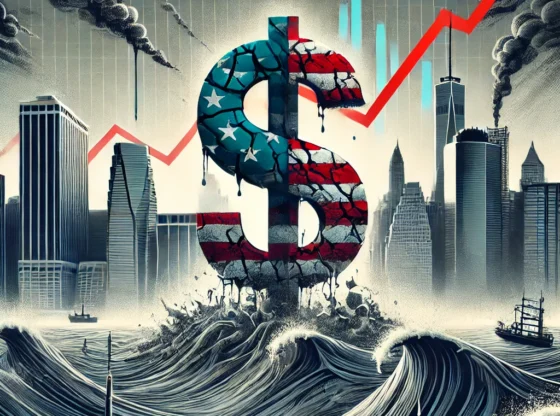
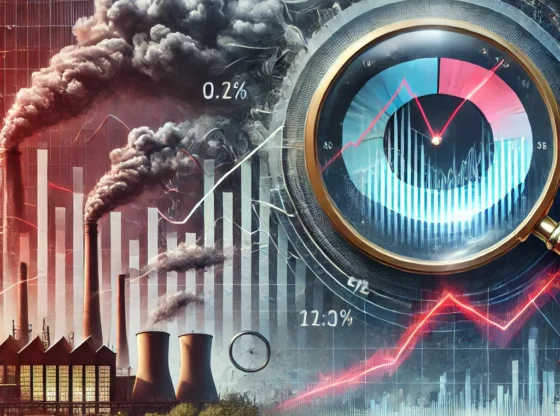

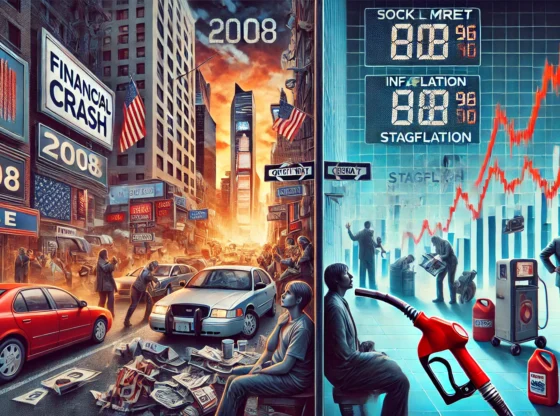
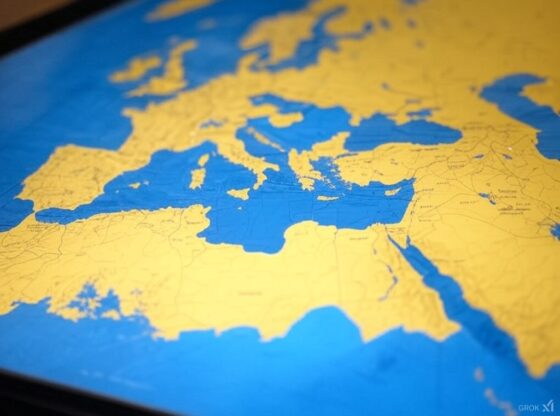
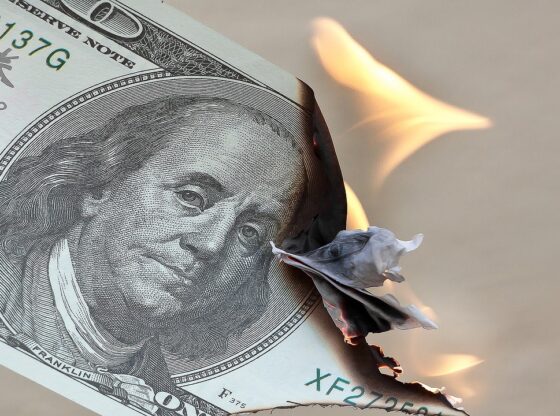
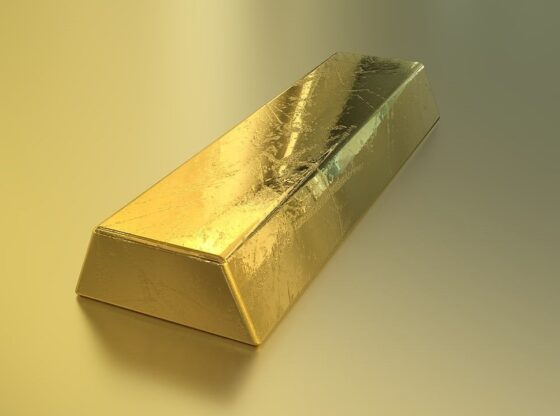
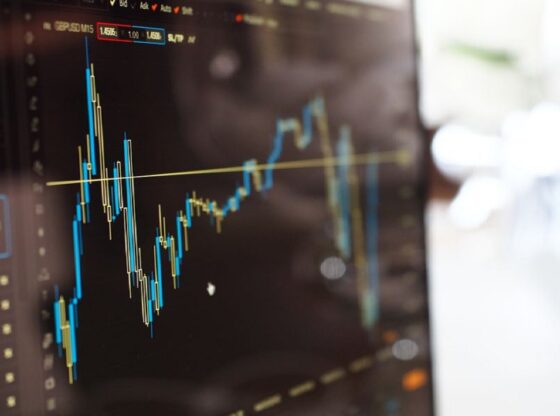
![OpenAI. (2025). ChatGPT [Large language model]. https://chatgpt.com](https://www.illustratedcuriosity.com/files/media/55136/b1b0b614-5b72-486c-901d-ff244549d67a-350x260.webp)
![OpenAI. (2025). ChatGPT [Large language model]. https://chatgpt.com](https://www.illustratedcuriosity.com/files/media/55124/79bc18fa-f616-4951-856f-cc724ad5d497-350x260.webp)
![OpenAI. (2025). ChatGPT [Large language model]. https://chatgpt.com](https://www.illustratedcuriosity.com/files/media/55099/2638a982-b4de-4913-8a1c-1479df352bf3-350x260.webp)
